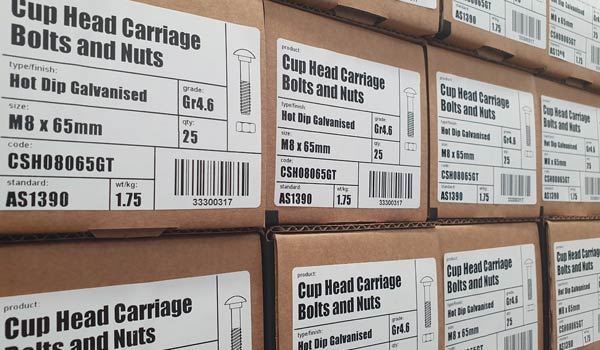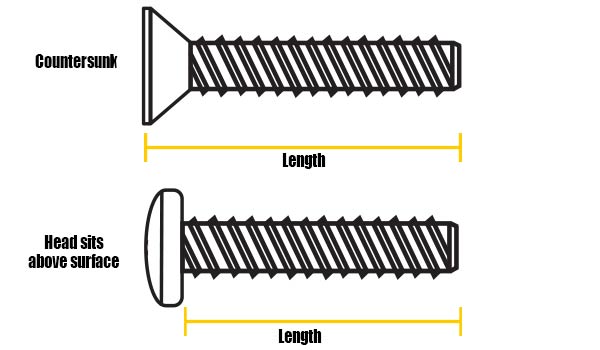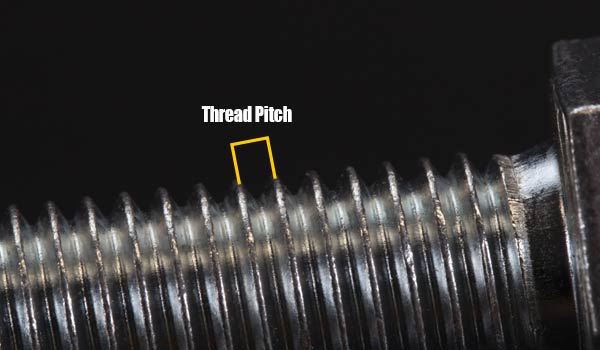How To Measure Metric Bolts

Above we have a M8 x 1.0 x 24mm bolt.
Most packing will either list it two different ways: M8 x 1.0 x 24, or M8 x 24mm.
So lets break it down.
Thread Diameter
Thread diameter which is the width of the bolts threaded section in millimetres.
This is displayed with a capital M before the millimeter measurement, e.g. a 6mm diameter would be written as M6 for the thread diameter.
However, if you used micrometer, the measurement would probably not measure 6mm exactly. If the measurement came out at was 5.75mm, you round up to 6mm to work out the bolt diameter.
Thread Pitch
The thread pitch is the distance between threads measured in millimetres.
For example, a 1.00 thread pitch means that the distance between one thread to the next is 1.00mm. This isn't always listed on the box.
Thread pitch is either 'coarse' or 'fine' thread. Fine thread bolts have more threads on them, in a tighter spiral. The greater amount of threads allows for more grip from the bolt and these pitches are mostly found in the automotive industry where thing like engines are under huge amounts pressure, and need a tighter grip without having a longer bolt.
Most threads and in construction and general engineeing are coarse threads.
Thread Length
To measure length, start from right below the head, including any shank, and measure to the tip. This rule for bolt length is applicable for the hex head, socket head, and button head type of bolts. For countersunk bolts, you must measure the entire length as in the chart below.

As an example, here are are boxes of Scrooz Fasteners Carriage Bolts. The boxes here display their size as M8 x 65mm bolts.

The thread length is always different between countersunk and non-countersunk bolts!

A close up shot of hex bolt with 1mm thread pitch
Here's our full bolt range if you want to find out more
